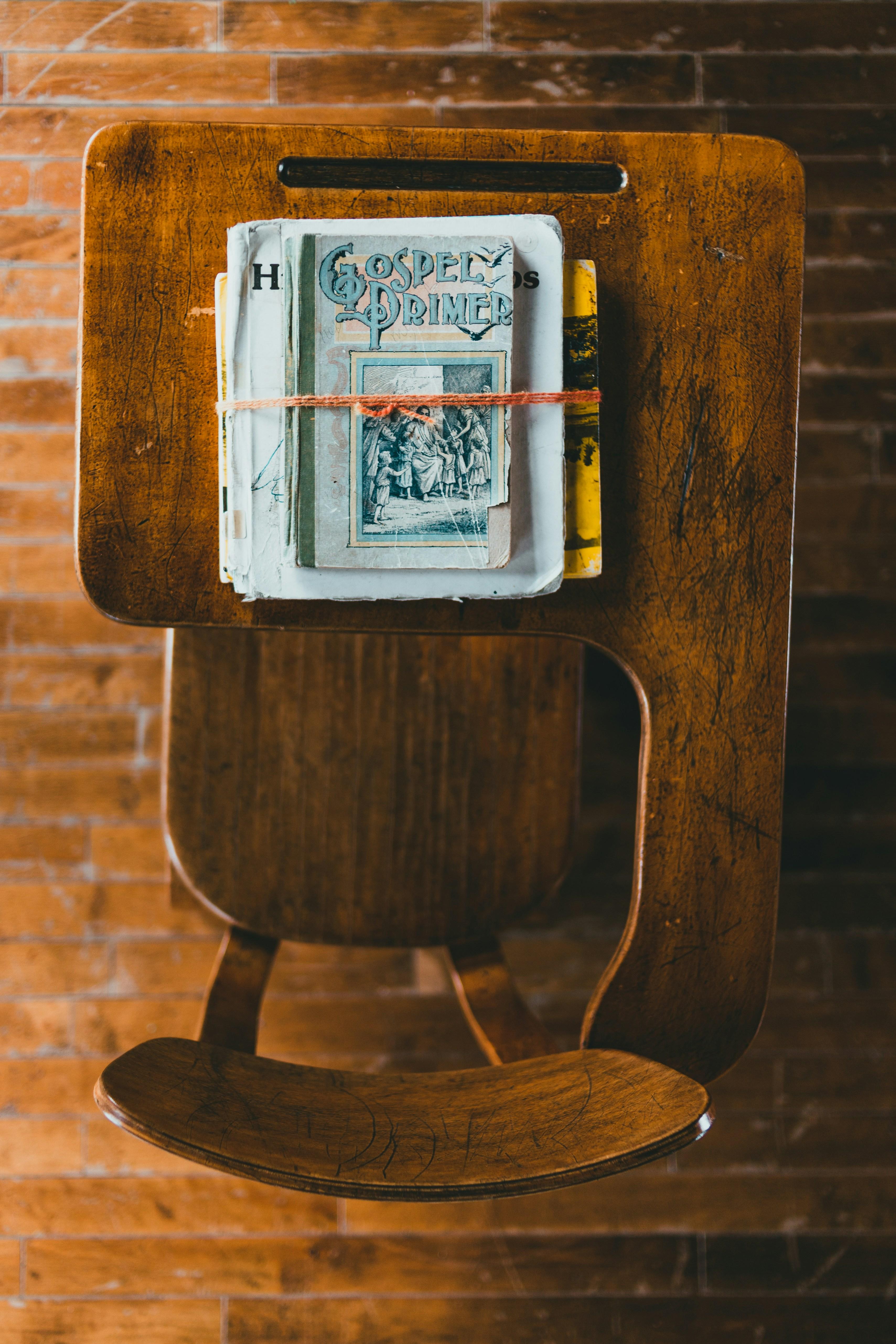In recent years, the landscape of period dramas has been invigorated by bold reinterpretations that challenge traditional narratives and conventions. One such groundbreaking series is Netflix‘s ”Bridgerton,” a production that has garnered widespread attention for its vibrant portrayal of Regency-era England. While its sumptuous costumes and intricate plotlines have captivated audiences, it is the show’s daring reimagining of race and class that truly sets it apart. By presenting a racially diverse aristocracy and exploring class dynamics with a modern sensibility, “Bridgerton” invites viewers to reconsider the historical narratives often depicted in period dramas. This article critically examines how the series navigates these complex themes, offering a fresh perspective on a genre typically rooted in historical accuracy and societal norms.
Recontextualizing Historical Narratives: Bridgertons Approach to Race
The Netflix series Bridgerton presents a unique approach to race and class by diverging from traditional period dramas that often uphold historical inaccuracies regarding racial homogeneity. Through its color-conscious casting, Bridgerton reimagines the societal structures of Regency-era England, challenging viewers to reconsider preconceived notions of history. This creative decision invites audiences to explore a world where people of color are not just present but hold positions of power and influence, thereby offering a fresh perspective on the intersection of race and class.
- Historical accuracy vs. creative liberty: Bridgerton prioritizes storytelling that reflects modern values over strict adherence to historical facts.
- Redefining aristocracy: The series portrays a diverse aristocracy, illustrating how societal hierarchies might have evolved differently with more inclusive narratives.
- Impact on viewers: By integrating diverse characters in prominent roles, the show encourages dialogue about race and representation in media.
While some critics argue that Bridgerton’s portrayal oversimplifies the complexities of race and class, others view it as a bold step towards inclusivity in the genre. This recontextualization allows for a richer tapestry of stories, pushing the boundaries of how history can be interpreted and represented on screen.

Class Distinctions and Social Mobility: A New Perspective in Bridgerton
In the lavish world of Bridgerton, traditional notions of class and social mobility are both challenged and reimagined, offering a refreshing take on period drama. Unlike typical historical narratives that rigidly adhere to the social hierarchies of their time, Bridgerton blurs these lines, suggesting that identity is not solely dictated by birthright. This creative decision opens up conversations about the fluidity of social status and the potential for upward mobility in a society that historically favored the elite. The series presents a diverse range of characters who navigate these societal structures, illustrating that class distinctions are not as immutable as once perceived.
- Reinvented Hierarchies: Characters transcend traditional roles, highlighting the potential for change.
- Intersection of Race and Class: Bridgerton uniquely portrays how these aspects intersect, creating a multidimensional narrative.
- Modern Social Commentary: By integrating contemporary themes, the series invites viewers to reflect on ongoing issues of inequality.

Color-Conscious Casting: Impact on Audience Perception
The innovative approach to casting in Bridgerton has sparked discussions around how it affects audience perceptions of race and class in period dramas. By deliberately embracing a color-conscious casting strategy, the show challenges traditional representations of historical narratives, inviting viewers to reconsider preconceived notions of who can inhabit these roles. This creative choice not only diversifies the visual landscape of the series but also fosters a broader understanding of inclusivity within historical contexts.
Key Impacts on Audience Perception:
- Historical Accuracy vs. Representation: While some purists may argue about historical accuracy, many viewers appreciate the show’s commitment to representation, allowing for a richer tapestry of storytelling.
- Relatability and Engagement: A diverse cast enables a wider audience to see themselves reflected in the narrative, increasing engagement and emotional investment in the characters’ journeys.
- Conversations on Race and Class: By presenting a reimagined societal structure, Bridgerton encourages critical dialogue on how race and class intersect, both historically and in contemporary society.

Bridgertons Narrative Choices: Balancing Fantasy and Historical Authenticity
The narrative choices in Bridgerton challenge traditional period drama conventions by intertwining elements of fantasy with an effort to maintain a semblance of historical authenticity. This approach allows the series to explore a reimagined world where race and class dynamics are more fluid than historically accurate. The show’s creators employ color-conscious casting to portray a racially diverse Regency-era London, creating a visual tapestry that defies historical norms while fostering inclusivity. This choice has sparked discussions about the importance of representation in media, as it offers a fresh perspective on a typically Eurocentric genre.
Yet, these creative liberties are not without criticism. Some argue that Bridgerton’s narrative choices risk glossing over the harsh realities of the era’s racial and class disparities. The series presents a world where racial tensions are seemingly absent, potentially oversimplifying complex historical issues. Despite this, the show’s bold storytelling choices serve a purpose beyond mere entertainment. They invite audiences to question and re-evaluate the rigid structures of historical narratives, encouraging a dialogue about what it means to balance fantasy with authenticity in period dramas. By doing so, Bridgerton contributes to an ongoing conversation about how history can be reimagined to reflect the diversity of modern society.
Concluding Remarks
“Bridgerton” offers a bold reimagining of race and class within the context of period drama, challenging traditional narratives and inviting viewers to reconsider the historical accuracy and cultural implications of such portrayals. While it succeeds in creating a more inclusive and diverse representation, it also raises important questions about the balance between fantasy and historical fidelity. The series’ approach to race and class is not without its criticisms, as some argue that it simplifies complex historical realities. Nonetheless, “Bridgerton” has undeniably sparked significant discourse on the portrayal of race and class in media, encouraging both creators and audiences to think critically about the stories we tell and the way we tell them. As we continue to explore these themes in future works, it remains essential to engage with these narratives thoughtfully, ensuring that they contribute meaningfully to our understanding of history and society.
